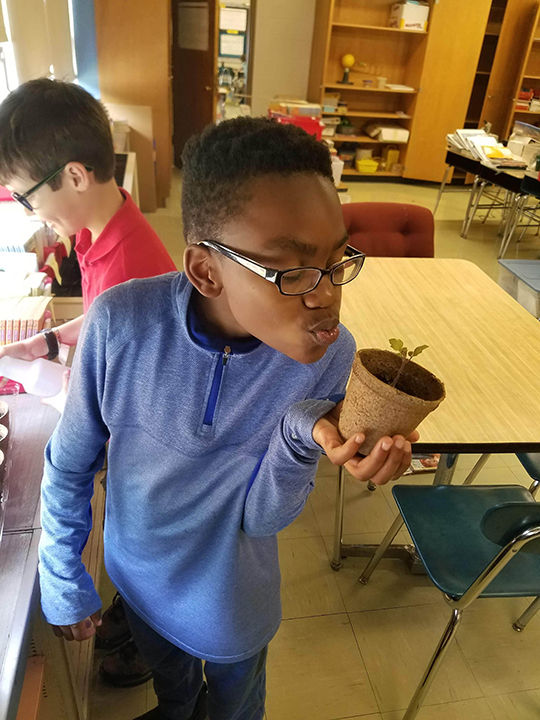Lost Knowledges, Vanishing Histories 2017-ongoing
scroll down

As I began to consider what my community has lost in terms of knowledge, skills and histories, I wanted to build something in response, to create an object that could address these concerns but also hold function. These seedling incubators and interactive teaching tools can function as art, but they can also serve as seed-starters, archives, vessels and repositories for thoughts and collections. They are centered around ideas of ecology, agriculture and sustainability. They address lost knowledges, lost histories, and lost specimens. As the beginning of a long-term project, I built three seed starter greenhouses. My goal is to have more of them constructed so they can interact with communities, class rooms, and public spaces.
Lost Knowledges, Vanishing Histories explore how a community’s history can help define and inform its future. The wood-framed houses are finished with panes of glass that have an image fixed to them. As the images fade in the sun through exposure, they will be re-enacting a post-civil war mythos. There were an estimated one million images taken of the American Civil War. Each photo negative from that time was exposed onto a glass plate. The myth that informs Lost Knowledges, Vanishing Histories is that when the Civil War ended many thousands of these negatives were sold off to greenhouse owners as replacement glass. This resulted in the loss of thousands of difficult and disturbing images that offered unique insights into the American Civil War. Each one a fingerprint, each one a voice - lost. The images chosen for each greenhouse in Lost Knowledges, Vanishing Histories will fade away through sun exposure, creating bonds with the ghost images of the past and parsing the complexities of how we live with images in our contemporary culture.
LKVH in the Classroom
In the spring of 2018 the third and fourth grade students of Whitin Elementary School in Uxbridge, Massachusetts welcomed Lost Knowledges, Vanishing Histories into their life science classrooms. They learned how to start tomato seeds. From seed to soil they cared for the plants at each stage of their growth cycle. Through an integrated curriculum the students also learned from the images fixed to the glass that speak to the urgency of dwindling seed populations and the waning American family farm. The images above are a visual record of their collective effort, care and growth.








